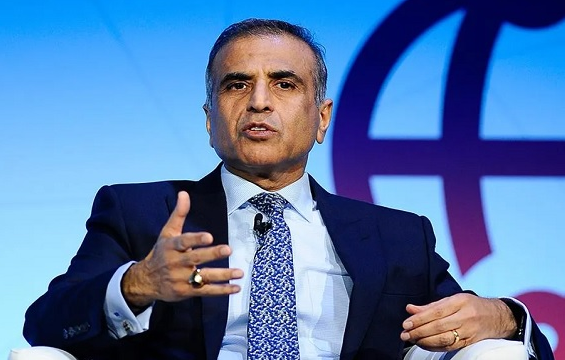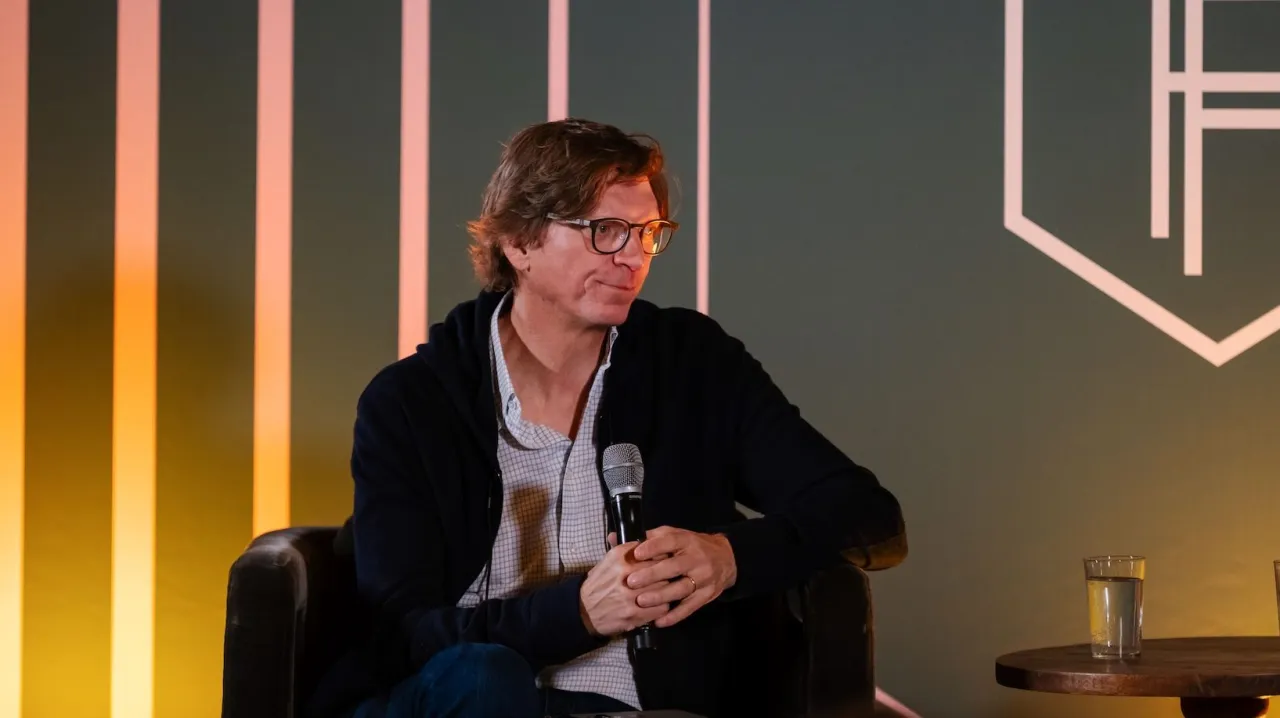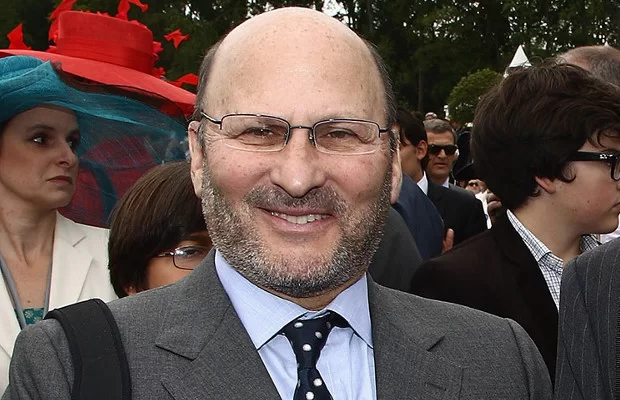University Friendship That Changed The World of Technology
The Story of Bill Hewlett and Dave Packard
The amazing partnership between Bill Hewlett and Dave Packard is a story that reshaped the technological landscape and laid the foundation for what we now call Silicon Valley. These two innovators not only built a multibillion-dollar company from scratch but also created a lasting legacy that still influences the technology industry. Their whole journey was filled with ingenuity, collaboration, and a dedication to innovation that continues to inspire entrepreneurs around the world.
The Birth of a Friendship That Changed Technology
The roots of the Hewlett-Packard (HP) story began in the 1930s when Bill Hewlett and Dave Packard met at Stanford University as classmates. Despite their different backgrounds and personalities, they shared a love for engineering and a passion for innovation. Their mutual respect and admiration blossomed into a friendship that would ultimately drive them to build one of the most successful technology companies in the world.
Their bond was nurtured at university, where they were mentored by the ingenious electrical engineering professor Frederick Terman. Terman’s guidance and belief in the potential of young innovators provided the spark that would lead to the founding of Hewlett-Packard.
The Early Years of Bill Hewlett and Dave Packard
Bill Hewlett was born in Ann Arbor, Michigan, in 1913. His family later moved to San Francisco, where he developed an interest in engineering and electronics. After attending Stanford University, Hewlett earned his master’s degree in engineering from MIT. His academic prowess and passion for problem-solving made him the technical genius behind HP’s early innovations.
On the other hand, Dave Packard was born in Pueblo, Colorado, in 1912. Unlike Hewlett, Packard’s interest in engineering stemmed from a more practical, hands-on approach. He attended Stanford on a scholarship and quickly established himself as a sharp-minded leader with a natural ability to steer projects towards success. While Hewlett focused on the technical side of their partnership, Packard excelled in the business aspects.

How Stanford University Played a Role in Their Success
Stanford played a pivotal role in shaping Hewlett and Packard’s future. Their professor, Frederick Terman, is often credited as the “father of Silicon Valley” for his role in encouraging students like Hewlett and Packard to start their own companies. Terman fostered an environment that blended academia with entrepreneurship, urging his students to take their theoretical knowledge and apply it to practical problems.
Under Terman’s mentorship, Hewlett and Packard began working on various projects during their time at Stanford. These collaborations not only strengthened their friendship but also provided the groundwork for what would eventually become HP.
The Garage Startup That Sparked a Revolution
In 1938, Bill Hewlett and Dave Packard made the decision to formalize their partnership, and with $538 in capital, they set up shop in a small garage in Palo Alto, California. This garage, often hailed as the birthplace of Silicon Valley, became the headquarters for their budding enterprise. While garages have become the symbol of tech startups, it’s worth noting that Hewlett and Packard’s decision to start in such humble surroundings reflected their resourcefulness and commitment to bootstrapping their dream.
Their first product was a precision audio oscillator, an innovative device that generated high-quality audio frequencies at a fraction of the cost of competing models. This invention put HP on the map and attracted their first major client—none other than Walt Disney Studios. Disney used HP’s oscillators to improve the sound systems for the movie Fantasia, showcasing the early commercial success and real-world application of Hewlett and Packard’s ingenuity.
The Creation of Hewlett-Packard (HP)
Officially founded in 1939, HP began as a modest company with Bill Hewlett and Dave Packard at the helm. They decided on the name “Hewlett-Packard” through a coin toss—a friendly gesture that underscored the equality and mutual respect between the two founders. From the very beginning, they emphasized collaboration, with a shared vision of making technology more accessible and useful for businesses and consumers.
Hewlett and Packard’s guiding principle was simple: make a contribution, rather than chase profits. This ethos shaped the company’s early product development, and it was one of the reasons HP maintained its reputation for high-quality products and cutting-edge technology for decades.
HP’s First Product: A Game-Changer in Audio Technology
HP’s first commercially successful product, the HP 200A audio oscillator, revolutionized the audio technology industry. It was not only innovative in design but also significantly cheaper to produce than existing models. The success of the 200A was a pivotal moment in HP’s history, as it caught the attention of big players like Walt Disney, marking HP’s entry into the mainstream technology market.
Disney’s adoption of HP’s oscillators for sound design in the production of Fantasia gave the fledgling company a major boost. This early success was a testament to the technical brilliance of Hewlett, combined with Packard’s ability to identify and market their innovations effectively.
FAQs
How did Bill Hewlett and Dave Packard meet?
They met at Stanford University while studying under the influential professor Frederick Terman, who encouraged them to start their own company.
What was HP’s first major product?
Their first major product was the HP 200A audio oscillator, used by Walt Disney Studios for the movie Fantasia.
What was the “HP Way”?
The “HP Way” was the company’s management philosophy that emphasized respect for employees, innovation, and long-term sustainability over short-term profit.
How did WWII impact HP’s growth?
World War II brought military contracts to HP, as their technology was used in radio and radar systems, significantly boosting their production and reputation.
What role did Dave Packard play in HP’s success?
Dave Packard’s leadership in business strategy, marketing, and organizational growth was instrumental in guiding HP to success while Hewlett focused on technical innovation.
Why is the HP garage so famous?
The HP garage is considered the birthplace of Silicon Valley, symbolizing innovation, entrepreneurship, and the power of starting small to achieve great things.








